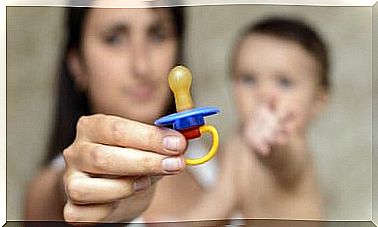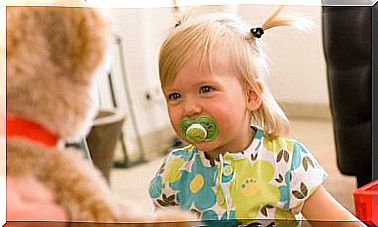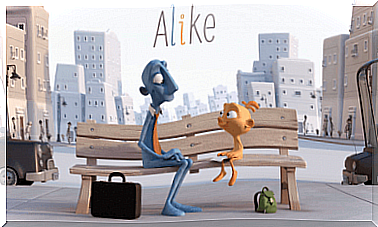How To Say “no” Positively

In this article we are going to show you how to say “no” in a positive way.
Tricks to say “no” positively
If you’ve ever wondered how to say “no” to your kids in a positive way, then read on. There are many different ways to express something. And how we formulate a statement can determine the result.
For example, it makes a difference whether you say to your child: “I can’t play with you, I have something to do”. or “Help me make the bed and then we can play.” As you can see, the message is much more positive when we choose the second option.
Remember that parents keep saying “no” to their children. If they only hear “no, no, no”, we are giving them a negative message.
So try to use balanced language. Tell them not only what is not possible, but also what is possible.
Saying “no” to children without being negative
Surprisingly, it is possible to tell your child not to do something without using the word “no”. This is even beneficial for your child.
If we rephrase our answer, we can help them understand why something is not allowed or not possible.
This way they learn to understand the reasons for the rules and can more easily follow them.

All of this ultimately leads to more responsible behavior. Your child will be able to understand the consequences of their actions.
As a result, your child will begin to make independent decisions and his / her self-esteem will grow.
Saying “no” all the time can cause children to stop paying attention. So, only use this word when something is really important.
Use it in situations where children can endanger themselves, e.g. For example, when they cross the street without holding your hand or lean out of an upstairs window.
Positive language with children
Changing your language doesn’t automatically mean suddenly giving your child permission to do whatever they want.
In fact, the opposite is true: your answer is the same, but it follows an explanation they can understand.
That doesn’t mean never being able to say “no” to children. It means making sure the word doesn’t lose its meaning.
It is important that parents exercise discipline, enforce rules, and develop their children’s characters. Saying “no” to children is an important part of it. You don’t have to do it with a specific word.
Methods for saying “no” positively
- Suggest other things your child could do. For example, if you can’t go to the park at the moment, you might be able to cook, paint, or watch TV together. Get your child excited about something they can do right now, even if it’s not what they asked for in the beginning.
- Another option is to postpone the request until other tasks are done. If your child wants to do something that is not immediately possible, tell him / her when it is possible. However, it is very important that you keep the promise later.

- If you see your child doing something they shouldn’t , instead of saying “no”, try to talk to your child. For example, if a child tries to hit their brother or sister, explain what the result will be if they did so. Let the child know that their actions have consequences.
- Discuss the rules with your child. It is important for children to know what the rules are. This is the only way they can understand why it is when you have to say “no”. Talk to them about the rules that exist at home. They will begin to predict your answer and will know what is being negotiated – and what is not. This way, your child will gain important social skills that will be useful for the rest of their lives.
Remember, saying “no” to children in a positive way doesn’t just make everyday life a little easier. It also helps your children understand why you are doing what you are doing and why it is important to listen.









